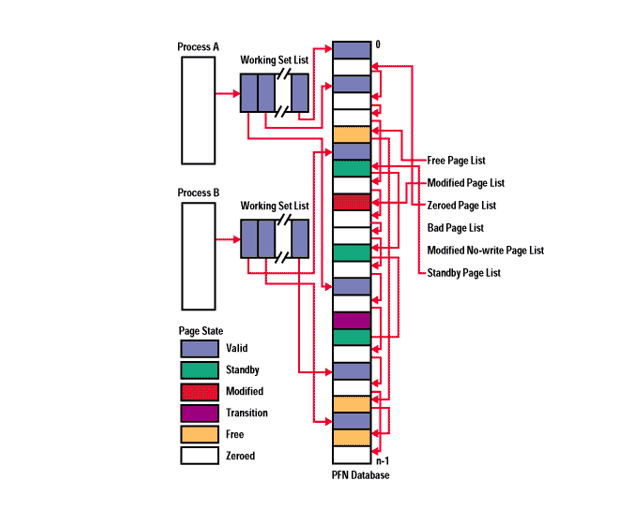Will the real #GrimResource please stand up? – Abusing the MSC file format
In this blog post we describe how the MSC file format can be leveraged to execute arbitrary code via MMC (Microsoft Management Console) for initial access or lateral movement purposes. A sample payload that implements this technique was publicly shared recently. This sample was generated using our Outflank Security Tooling (OST) offering and hence we decided to publish additional details on this method and its discovery.
